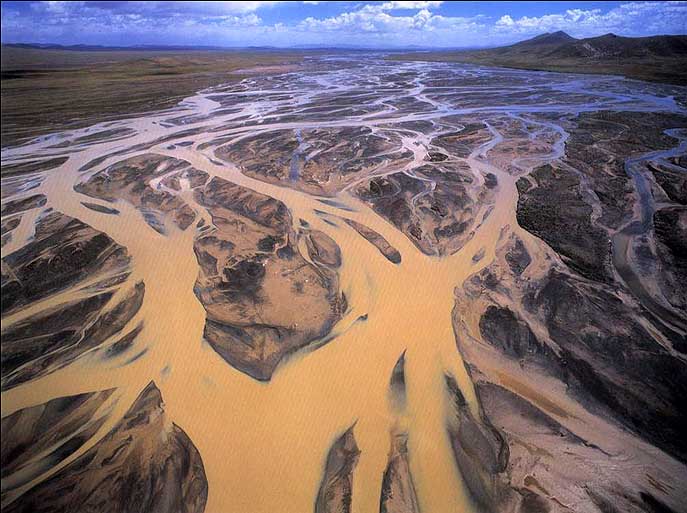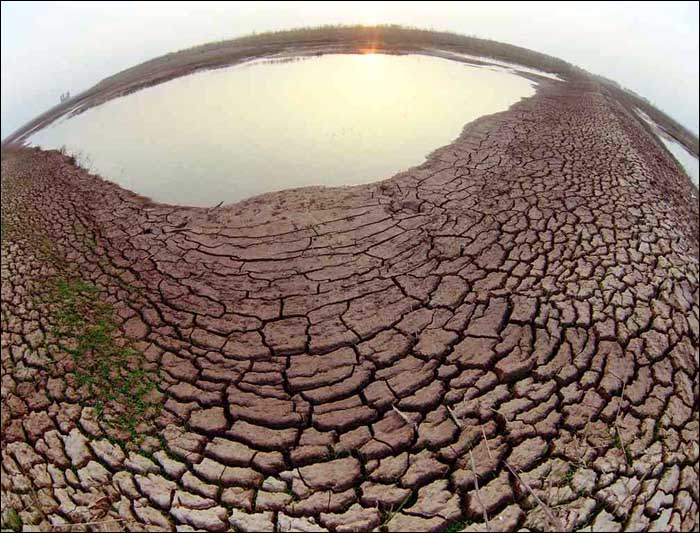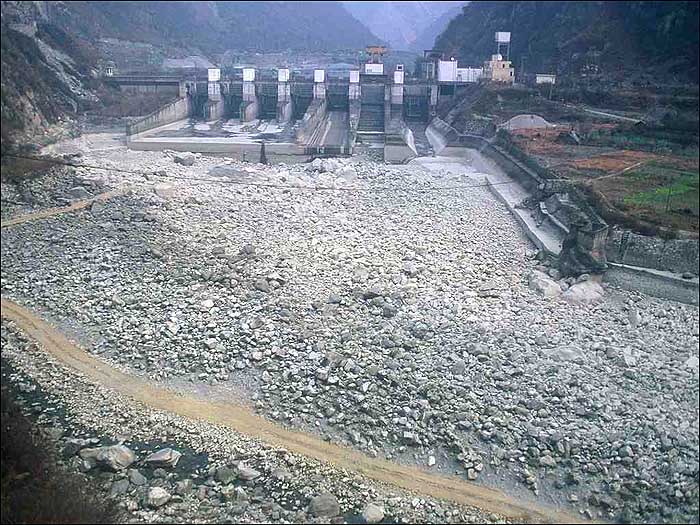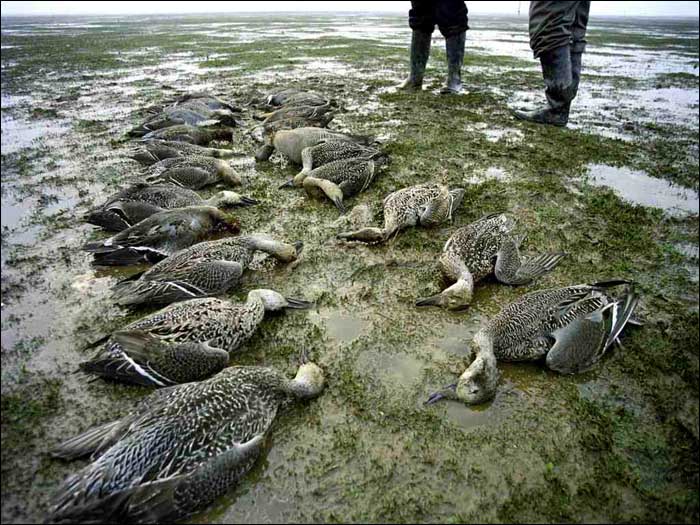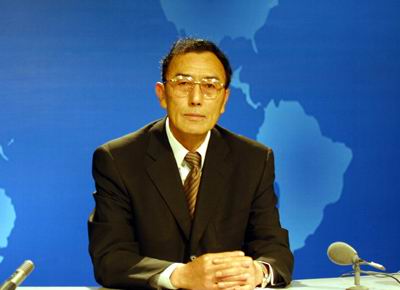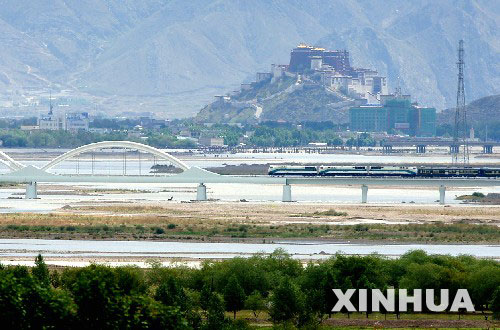China's growing pollution reaches U.S.
By TERENCE CHEA Associated Press Writer
© 2006 The Associated Press via Chron.com
MOUNT TAMALPAIS STATE PARK, Calif. — On a mountaintop overlooking the Pacific Ocean, Steven Cliff collects evidence of an industrial revolution taking place thousands of miles away.
The tiny, airborne particles Cliff gathers at an air monitoring station just north of San Francisco drifted over the ocean from coal-fired power plants, smelters, dust storms and diesel trucks in China and other Asian countries.
Researchers say the environmental impact of China's breakneck economic growth is being felt well beyond its borders. They worry that as China consumes more fossil fuels to feed its energy-hungry economy, the U.S. could see a sharp increase in trans-Pacific pollution that could affect human health, worsen air quality and alter climate patterns.
"We're going to see increased particulate pollution from the expansion of China for the foreseeable future," said Cliff, a research engineer at the University of California, Davis.
He has monitoring stations on Mount Tamalpais, Donner Summit near Lake Tahoe, and Mount Lassen in far Northern California. Those sites see little pollution from local sources, and the composition of the dust particles matches that of the Gobi Desert and other Asian sites, Cliff said.
About a third of the Asian pollution is dust, which is increasing due to drought and deforestation, Cliff said. The rest is composed of sulfur, soot and trace metals from the burning of coal, diesel and other fossil fuels.
Cliff is studying whether transported particulate matter could affect climate by trapping heat, reflecting light or changing rainfall patterns.
Most air pollution in U.S. cities is generated locally, but that could change if citizens in China, India and other developing nations adopt American-style consumption patterns, researchers say.
"If they started driving cars and using electricity at the rate in the developed world, the amount of pollution they generate will increase many, many times," said Tony Van Curen, a UC Davis researcher who works with Cliff.
The U.S. Environmental Protection Agency estimates that on certain days nearly 25 percent of the particulate matter in the skies above Los Angeles can be traced to China. Some experts predict China could one day account for a third of all California's air pollution.
Dan Jaffe, an atmospheric scientist at the University of Washington, said he has detected ozone, carbon monoxide, mercury and particulate matter from Asia at monitoring sites on Mount Bachelor in Oregon and Cheeka Peak in Washington state.
"There is some amount of the pollution in the air we breathe coming from halfway around the world," Jaffe said. "There ultimately is no 'away.' There is no place where you can put away your pollution anymore."
China's environmental problems are severe and getting worse. Nearly 30 years of relentless industrial expansion has fouled the country's rivers, lakes, forests, farmland and skies.
The World Bank estimates that 16 of the world's 20 most polluted cities are in China, and air pollution is blamed for about 400,000 premature deaths there each year.
Coal-fired power plants supply two-thirds of China's energy and are its biggest source of air pollution. Already the world's largest producer and consumer of coal, China on average builds a new coal-fired power plant every week.
Meanwhile, car ownership is soaring as the country's economy grows about 10 percent a year, contributing carbon dioxide and other greenhouse gases linked to global warming.
If current trends continue, China will surpass the U.S. as the world's largest emitter of greenhouse gases in the next decade, said Barbara Finamore, who heads the Natural Resources Defense Council's China Clean Energy program, which is helping the country boost its energy efficiency.
"China's staggering economic growth is an environmental time bomb that, unless defused, threatens to convulse the entire planet regardless of progress in all other nations," Finamore said.
Even Chinese environmental officials warn that pollution levels could quadruple over the next 15 years if the country doesn't curb energy use and emissions. Beijing plans to spend $162 billion on environmental cleanup over the next five years, but the scale of the country's pollution problems is immense.
"When you look at China's population growth and industrial growth, it's hard to imagine how air quality could improve in the near future," said Ruby Leung, a researcher at the Energy Department's Pacific Northwest National Laboratory in Richland, Wash., which collaborates with Chinese government scientists on atmospheric research.
Earlier this year, Leung and her colleagues published a study that found particulate pollution has darkened China's skies over the past 50 years by absorbing and deflecting the sun's rays.
China's pollution also regularly dirties the air in neighboring South Korea and Japan, but until recently researchers didn't think it had much effect on North America.
U.S. scientists have recently found that Asian pollution is consistently transported across the Pacific on air currents. It can take anywhere from five days to two weeks for particles to cross the ocean.
Some scientists predict that global warming could change those circulation patterns, either speeding or slowing the transport of pollutants from Asia.
China's environmental challenges are daunting, but the country is taking action to reduce its energy use and air pollution, said NRDC's Finamore. Beijing has set ambitious goals for increasing energy efficiency, fuel economy standards and use of renewable power sources such as wind and solar, she said.
"There are tremendous opportunities for China to slow the amount of pollution it pumps in the air," Finamore said.Technorati Tags: china, US, pollution


 The thought of hopping
into the Huangpu gives Shanghaiist the heebie-jeebies. Admittedly, this
is partly due to the nature of our day job, but ever since the
The thought of hopping
into the Huangpu gives Shanghaiist the heebie-jeebies. Admittedly, this
is partly due to the nature of our day job, but ever since the 
